Future Vauxhall models will be even more distinctive as the British brand looks to establish itself as a leader in design under its new “bold and pure” mantra.
The introduction of a new design language started with the Vauxhall Mokka-previewing GT X Experimental concept of 2018, has continued on the new Astra and will be rolled out across all future models over the next few years. These will include replacements for the Crossland, Grandland and Insignia models and a reborn Manta before Vauxhall goes all-electric in 2028.
The Vauxhall design team has settled on “bold and pure” as its guiding principles and promised that every future model will be “approachable, progressive and ingenious”, according to chief designer Mark Adams.
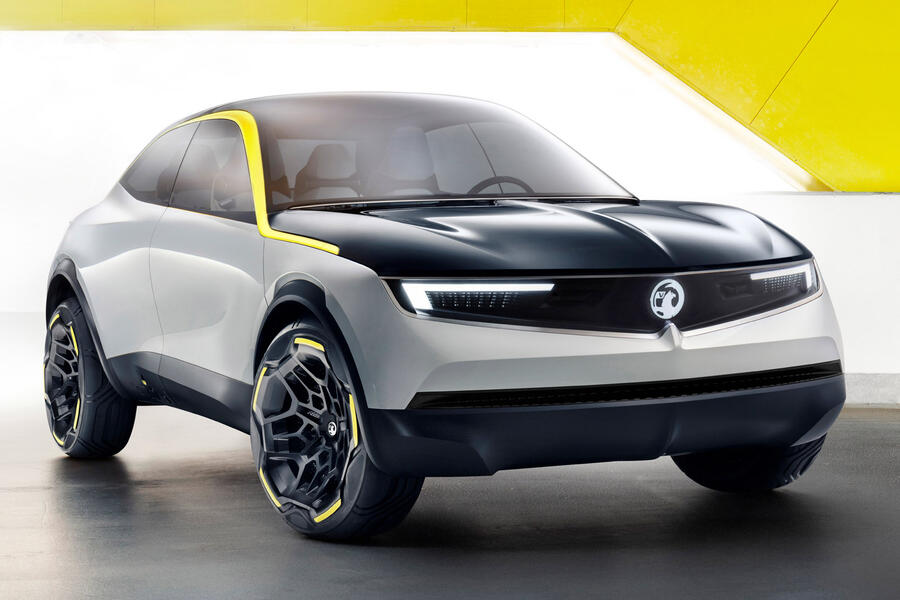
“We thought the brands [Vauxhall and Opel] were dusty and old and too mainstream,” said Adams, reflecting on the start of the redesign and rebranding process at the company. “So we wanted to be bold, countered by being pure. They sound like opposites, but it’s like sweet and sour: they shouldn’t go together, but they sit very well together.
“Progressive and ingenious aren’t things people would have thought of Vauxhall, but it’s what we want to stand for, to be progressive and modern.”
Adams admitted it would take time to reset the brand and public perception of it but said the early signs are good.
“You can trash a brand overnight, but it’s very hard to get it to where you want to be,” he said. “We’re early in the journey. The Mokka is crucial, but it’s just the start. We’re taking bold steps forward and will be consistent all along the way.”

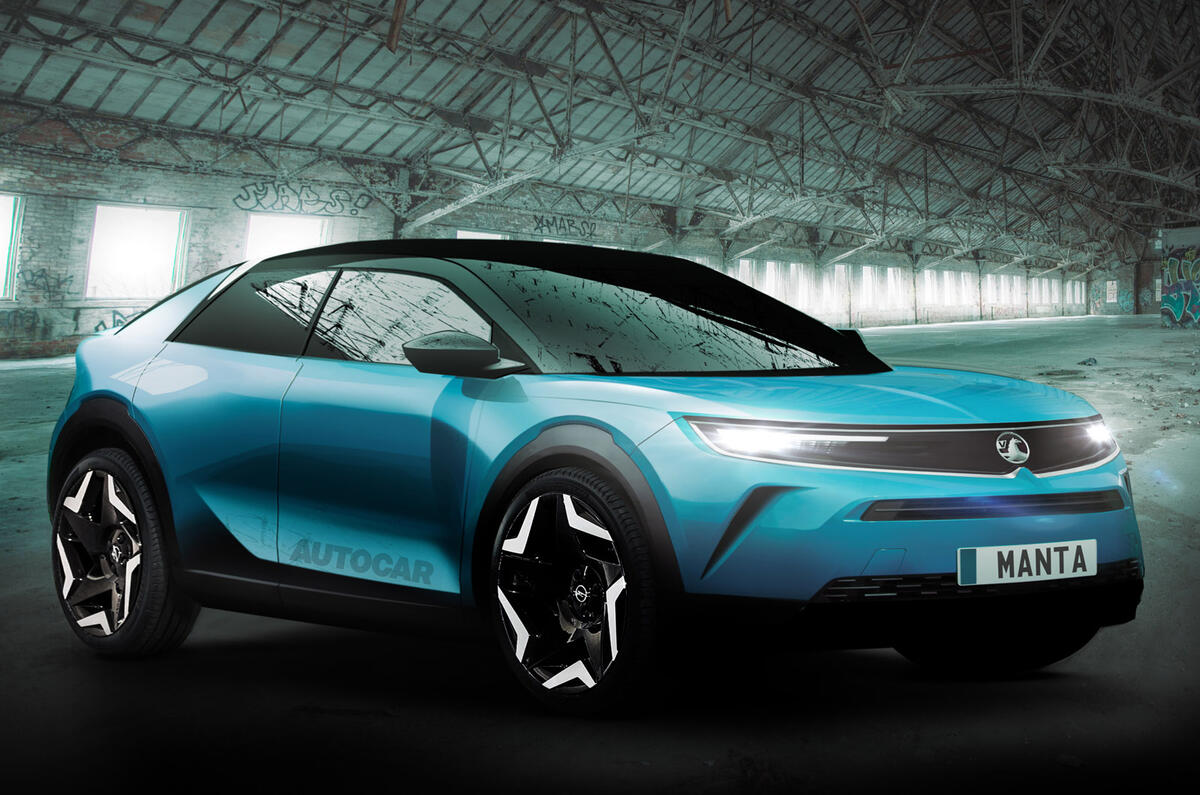


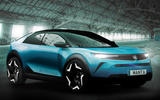



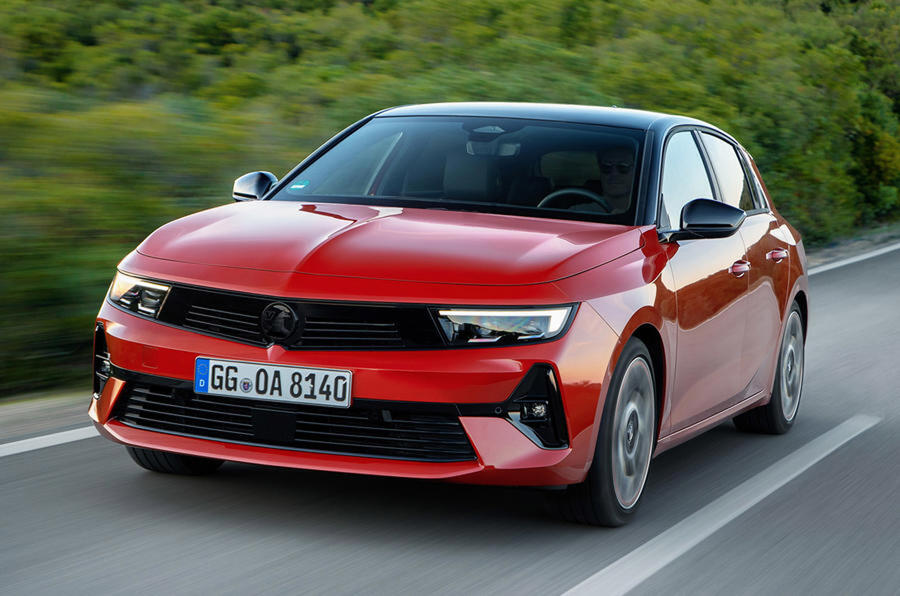
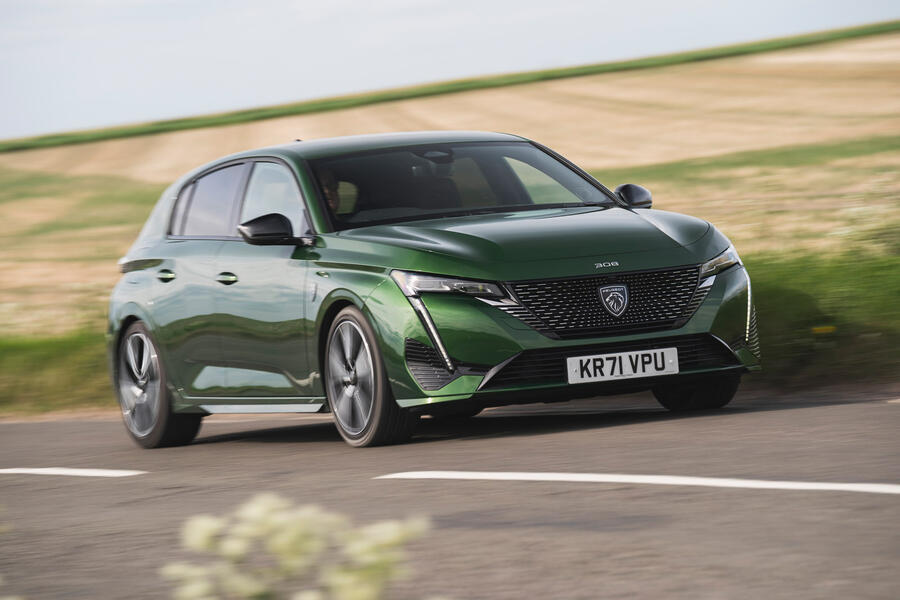
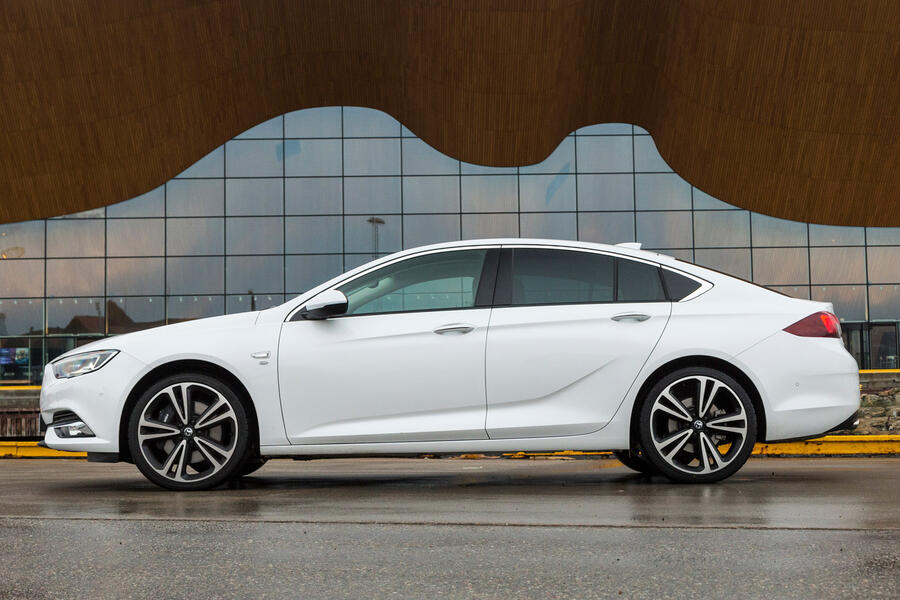
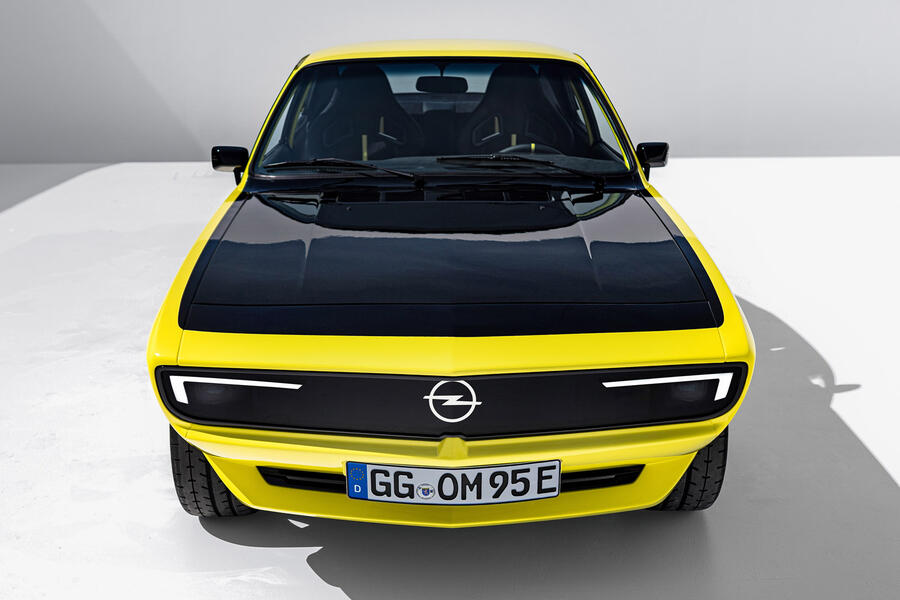






Join the debate
Add your comment
Vauxhall aren't offering anything especially interesting. Sure their styling is improving and they're not bad cars, but the Korean manufacturers offer much the same and with a better ownership proposition.
All the references in this article to what British brand Vauxhall are doing should of course instead refer to what German brand Opel are doing. The Vauxhall team working from their portacabin in Luton will have the incredibly complex and challenging task of sticking a Griffen badge on Opels work. They've been in the business since circa 1980